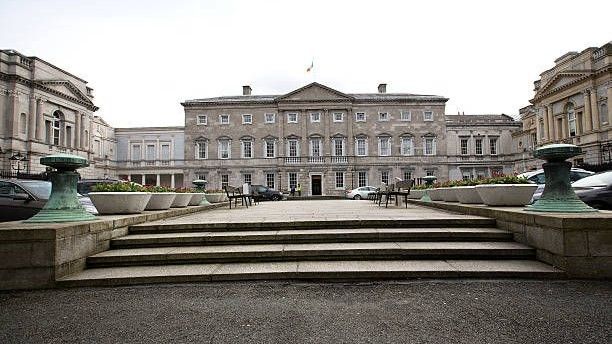According to data from Ireland’s Central Statistics Office (CSO), this resulted in a goods-trade surplus of just over €50 billion. These patterns have gained political significance since Donald Trump returned to the presidency, and he has frequently criticised countries with large surpluses, viewing them as taking advantage of the US.
Last week, he introduced his “fair and reciprocal” trade plan, which could lead to higher tariffs on imports from multiple nations. Trump specifically mentioned Canada, Taiwan, and India, while also labelling the EU as “absolutely brutal on trade”, but has not yet indicated any plans to single out Ireland within the European Union.
The primary driver of Ireland’s trade surplus with the US is its pharmaceutical sector. The CSO reported that in 2024, exports of medical and pharmaceutical products increased by €22.4 billion, or 29 percent, amounting to nearly €100 billion. These products accounted for 45 percent of Ireland’s total goods exports.
One of the main factors behind this surge is Eli Lilly’s production of its weight-loss drug, Zepbound, at a facility in County Cork. US pharmaceutical companies have long been attracted to Ireland due in part to its low corporate tax rate, which has historically stood at 12.5 percent but is transitioning to 15 percent for large multinationals under the OECD global tax agreement.
Brad Setser, researcher of the US Council on Foreign Relations, has examined the financial activities of pharmaceutical companies. In testimony before the US Congress finance committee in 2023, he stated that “there is no plausible explanation for the current scale of US imports of pharmaceuticals from Belgium, Ireland, Switzerland, and Singapore that isn’t tied to tax avoidance”.














